1. Tencel fiber-“green” fiber
Using natural wood pulp, the wood pulp is dissolved in ammonium oxide solvent and directly spun, which is completely completed under physical action.
Tencel fiber has natural fibers and adhesive properties. In addition to the performance of rubber fiber, it also has the characteristics of high strength and good drape. Products made through pure spinning, blending, and interweaving have elegant texture, breathability, and soft luster. Tencel is often used to make high-end fashion fabrics! Because it does not emit toxic substances during the production process, Tencel products can be biochemically dissolved after use and will not cause pollution to the environment, so it is known as “green” fiber.
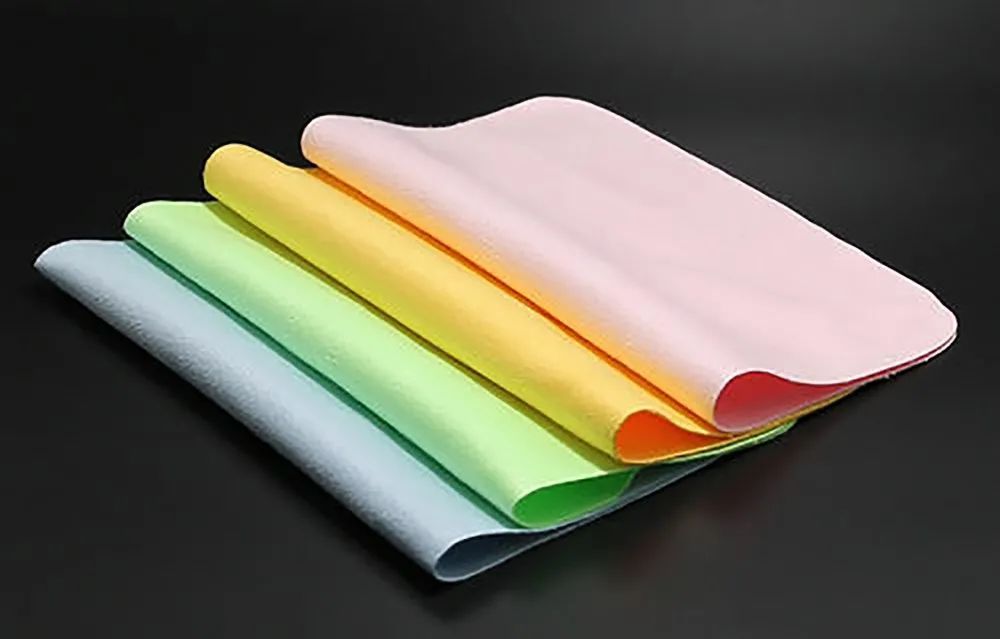
2. Sea island fiber-simulated leather fabric with excellent wrinkle resistance
Sea Island fiber is a member of the ultra-fine denier family. Fibers composed of island-type microfibers and high-shrinkage strands can better express the effect of artificial leather because the microfiber effect on its surface is maximized.
The suede produced from island silk is soft It is a simulated leather fabric with high strength, good elasticity, antibacterial and mildew proof, and strong breathability. It has excellent anti-wrinkle properties and is suitable for men’s and women’s tops, windbreakers, vests, women’s skirts and other clothing. It can also be used to make bags, shoes, curtains, and sofa cloths. , car covers, etc.; use suede as a wiping cloth to wipe aircraft, precision instruments, computers, glass products, etc.
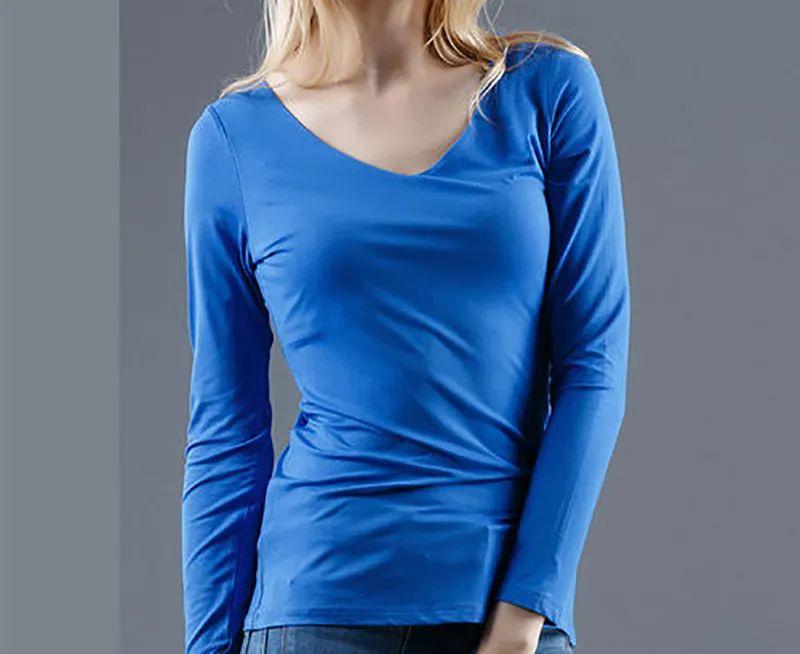
3. Modal fiber – the perfect combination of the texture of natural fiber and the practicality of man-made fiber
This is Keke’s favorite fabric every day!
Modal fiber is made from camphor wood pulp , is a cellulose fiber with high strength and high moisture coefficient.
The advantage is that it combines the texture of natural fibers with The practicality of man-made fibers is combined into one. It has the softness of cotton, the luster of silk, and the smoothness of linen. Its water absorption and breathability are better than cotton. At the same time, it can be processed on traditional dyeing and finishing equipment. The fabric produced has good drape and dimensional stability, and can still maintain bright colors after being washed many times. It is mainly used as a high-end fashion fabric.
Modal fiber is taken from nature, and then It can also be returned to nature through natural biodegradation, which fully reflects its green and environmentally friendly regeneration characteristics.
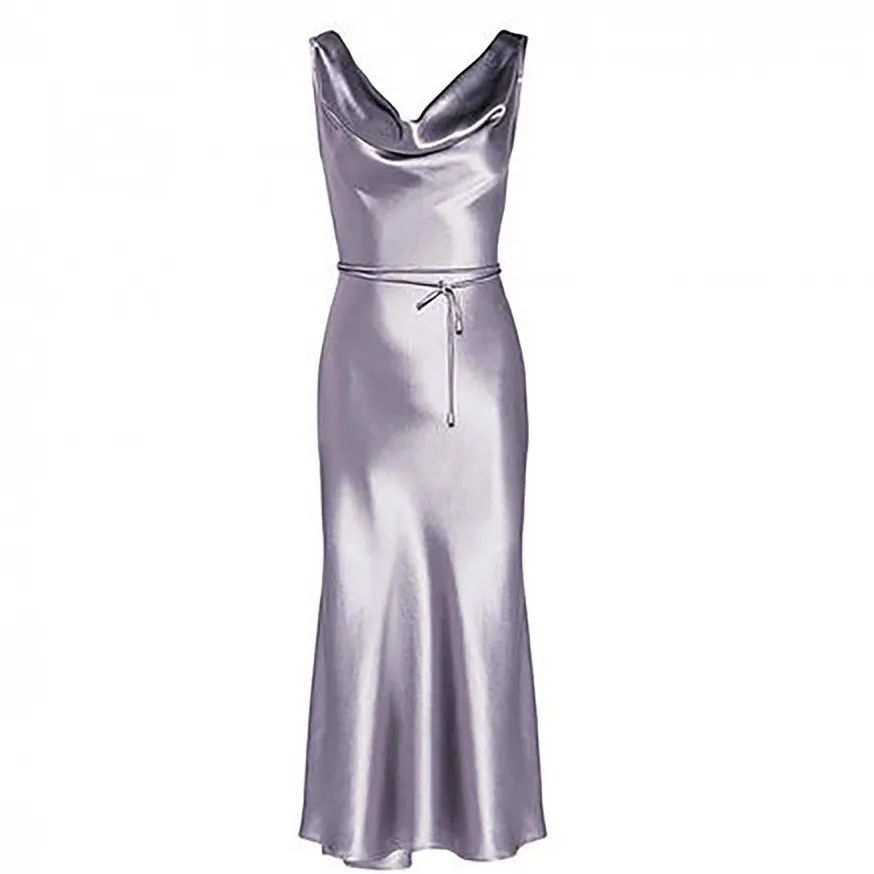
4. Acetate fiber – the darling of dinner dresses and the “socialite” in chemical fiber
The main raw material of cellulose acetate is natural wood pulp, which is extracted and purified. Made of cellulose, a semi-synthetic fiber. Its characteristics reflect the style of natural fibers and the functions of synthetic fibers, with good dimensional stability, silky luster, coolness and drape.
In the women’s clothing market, acetate fiber has always been Its dry and smooth touch has found a place in popular ready-to-wear, especially in evening wear designs. Seamless bras made of elastic fiber and acetate have become fashionable with simple plain cups worn with outerwear. Acetate fiber is a high-grade fiber that meets consumers’ strict requirements for textiles.
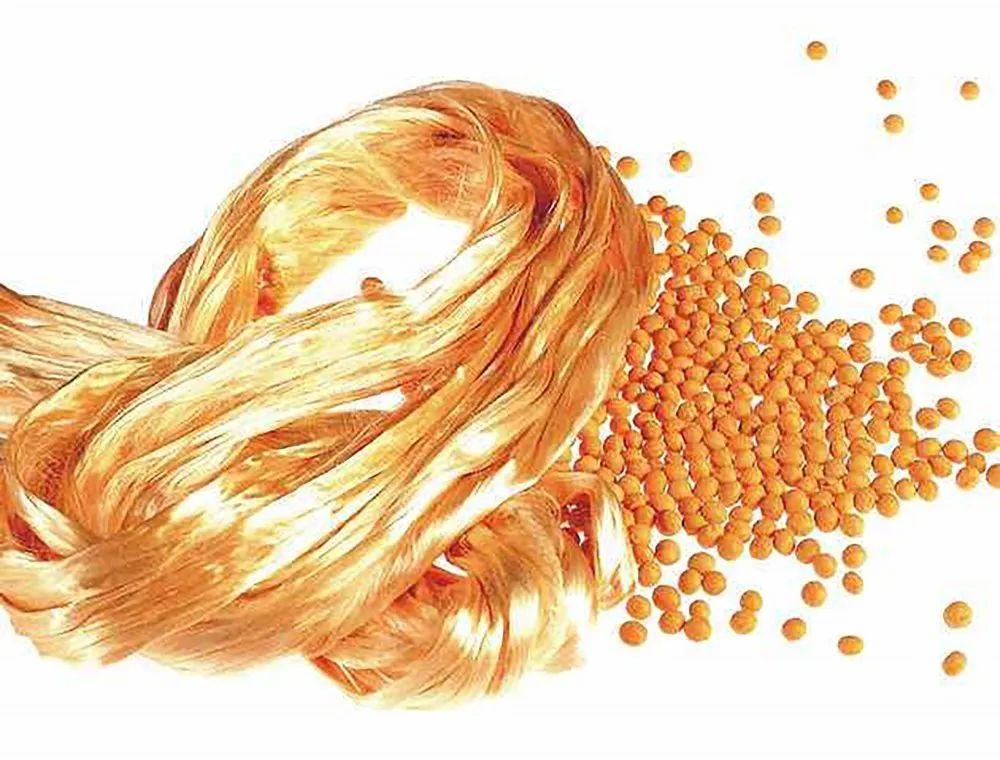
5. Soy protein fiber-“artificial cashmere”
Soybean meal, which in the past could only be used for feeding and fertilizer, can now be used for spinning and weaving. Soybean protein fiber, known as “artificial cashmere”, is currently the only soybean protein fiber independently developed by China and internationally recognized. The first fiber material to achieve successful industrial testing in the world.
Soybean protein fiber not only has the characteristics of fine single filament, light specific gravity, high strength and elongation, good acid and alkali resistance, but also has cashmere-like feel and warmth. Soybean fiber is either pure spun or combined with wool, silk, cotton, A new type of fabric blended with hemp, polyester and other fibers, has good luster, drape and wrinkle resistance, and is an ideal material for making high-end underwear, cashmere sweaters, high-end casual wear, suits, sportswear and home textiles.

6. Bamboo fiber-regenerative plant fiber
Bamboo fiber is bamboo pulp fiber, which is a regenerative plant fiber.
Bamboo fiber fabric has good hygroscopicity and moisture release, smooth hand feel, drape type, resilience, It has good wear resistance, dyeability, bright luster, and UV resistance, but its shortcoming is low wet strength. It is usually used to produce handkerchiefs, mats, bedding, carpets, decorative items, daily antibacterial towels, bath towels, underwear and other varieties.
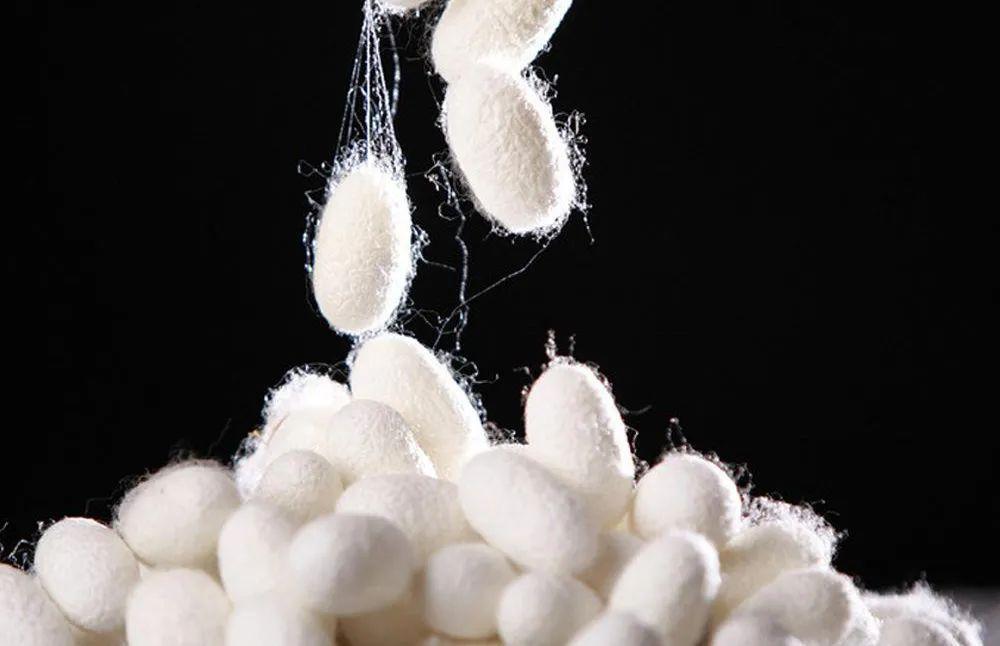
7. Pupa protein fiber – skin care fabric rich in amino acids
Pupa protein fiber is silkworm pupa protein extracted through chemical methods, using polymer modification technology and chemical fiber It is processed and processed using spinning technology and bioengineering technology.
It is rich in 18 kinds of amino acids and has noble , comfortable, healthy and safe feeling, can effectively promote metabolism, prevent skin aging, and has anti-itching and anti-sun radiation effects. It is superior to silk in terms of dyeability, drapeability, wrinkle resistance and resilience, giving textiles the feel and style of silk. Pupa protein silk is used to make high-end clothing fabrics, T-shirts, underwear, bedding, etc.
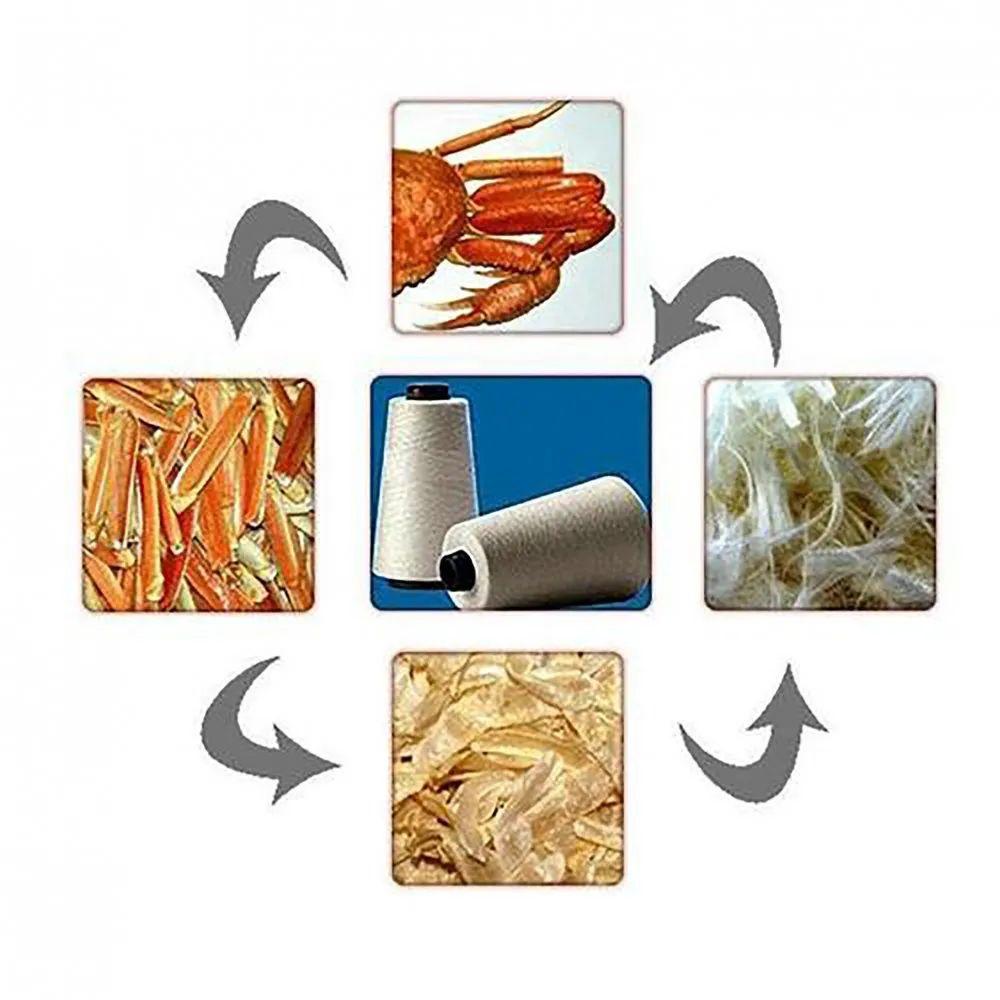
8. Chitin fiber-natural polymer, renewable resource
Chitin is widely found in the shells of insects and aquatic crustaceans, fungi, and algae In the cell wall, it is an extremely rich natural polymer and renewable resource second only to cellulose. It can be used in women’s sanitary napkins, baby diapers and other women’s and children’s products, bedding and toiletries.
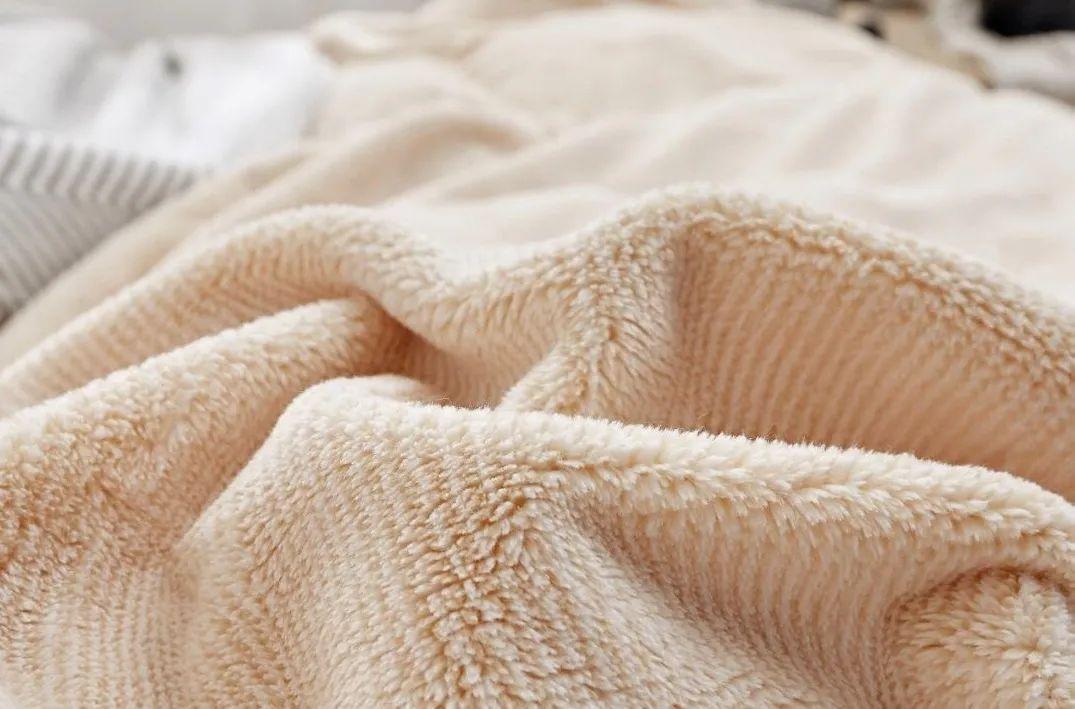
9. Milk velvet – a very cost-effective velvet fabric
Milk velvet is made by skimming, dehydrating, extracting protein and velvety polymer from milk It is made into milk fleece fiber through wet spinning process and special management.
Equal or superior in softness and skin-friendly properties It is better than cashmere; it has good breathability and moisture conductivity; its warmth retention is close to that of cashmere; its abrasion resistance, anti-pilling properties and strength are better than cashmere; the amino acids contained in milk protein have a protective effect on the skin, and the price is only 1/10 of cashmere. ; Milk cashmere can be spun purely or blended with other types of fibers instead of cashmere to form a fabric with a cashmere style.






